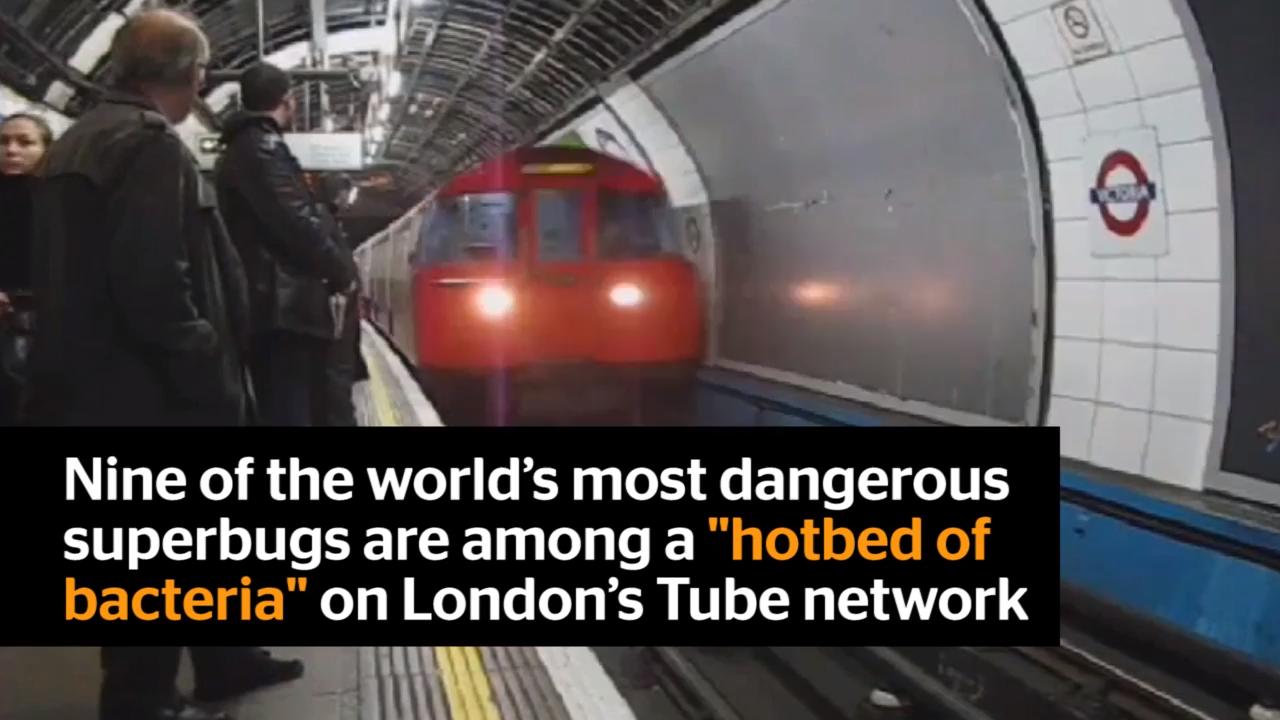Killer bugs on the tube shock (not)

‘London Underground to undergo massive clean-up after experts find nine of the world’s most dangerous superbugs’ says the news today.
Not before time. Anybody involved with air quality issues in London has long known that the tube network is a toxic environment. It’s also (unfortunately) the only way to get around much of London in a sensible time for most of the day, which is why there are more than 4.8 million journeys on the average weekday, exposing millions of people to some of the highest levels of air pollution in the city (and in Europe for that matter). And, it now turns out, they’re also being exposed to 121 different types of bacteria and mould.
The poor air quality on the tube network, primarily to do with particulates (fine dust effectively), has been raised many times with London Underground and City Hall (particularly when Boris Johnson was mayor) by a number of bodies, but approaches have always been rebuffed.
The latest research identifies some of the most threatening bacteria to human health on the tube network – including some (E.coli, staphylococcus, klebsiella, for example) that are becoming or are already resistant to antibiotics, and it has finally nudged Transport for London (TfL) into action.
A handy spin-off of the industrial vacuuming that will be going on at night from now on will be a welcome reduction in the damaging levels of dust across the network. And there’s even a plan to carry out proper tests at more than a dozen stations to monitor how dust levels change at various times and locations, and to publish the information. That in itself is rather more surprising than the whole bug thing.
I suspect that much of the credit for this long-overdue action should be going to Mayor Sadiq Khan, who seems genuinely concerned about the impact of air pollution on the health of Londoners and who is also, happily, the Chair of Transport for London.
